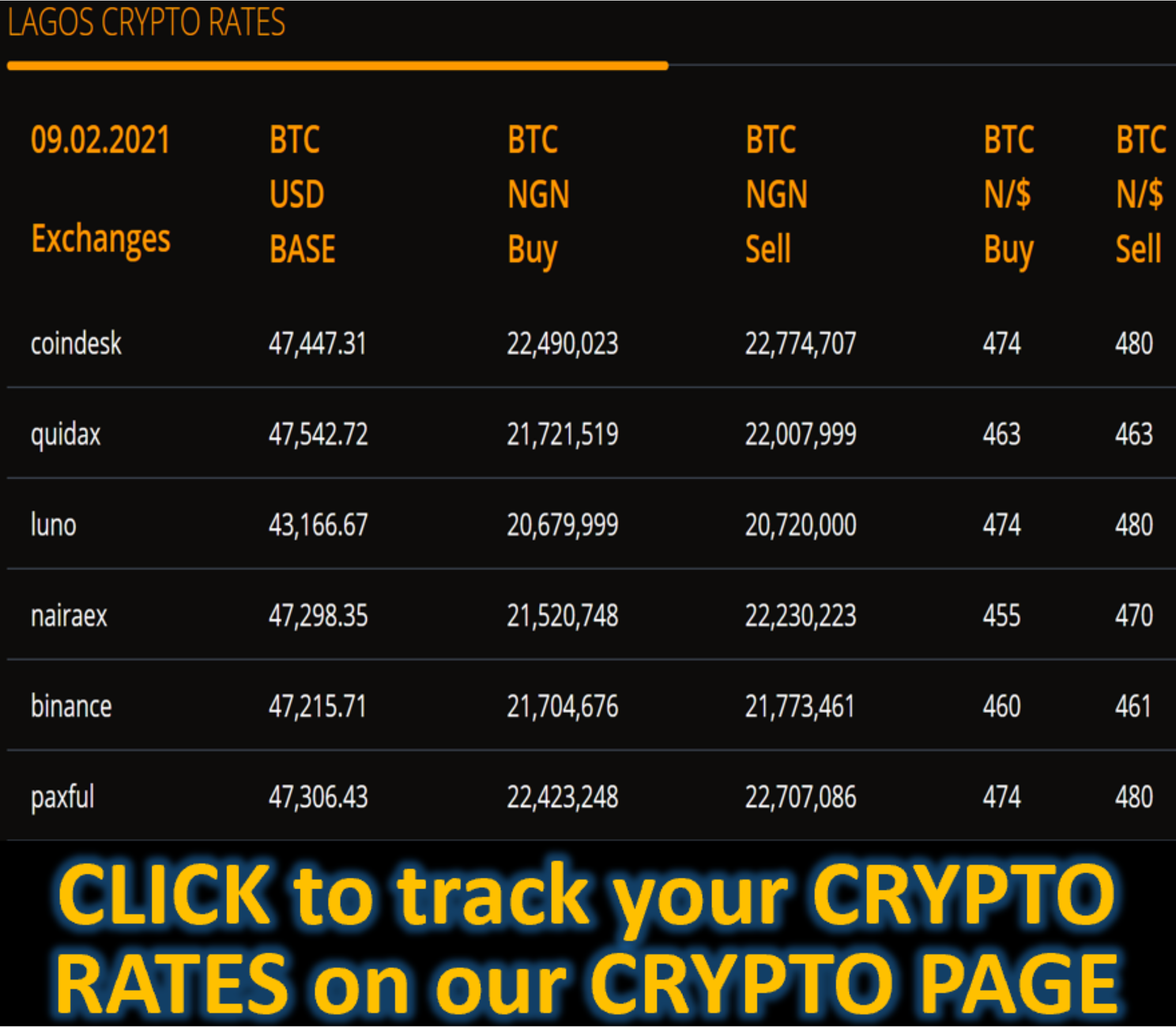Market News
Naira maintains flat rate as external reserves rise to $43.36bn - BUSINESSDAY
The naira on Tuesday maintained its steady run, closing flat across segments of the foreign exchange (FX) market as Nigeria’s external reserves continued to rise.
At the end of trading, the naira depreciated marginally by N1.42 or 0.09%, as the dollar was quoted at N1,438.71 compared to N1,437.29 on Monday at the Nigerian Autonomous Foreign Exchange Market (NAFEM), according to data from the Central Bank of Nigeria (CBN).
In the parallel market, also known as the black market, the local currency appreciated by N5 or 0.3% to close at N1,455 per dollar on Tuesday, stronger than N1,460 recorded the previous day.
Nigeria’s external reserves have maintained a steady build-up, rising to $43.36 billion as of November 10, 2025, according to the latest data from the CBN.
A report by FSDH Merchant Bank noted that Nigeria’s reserves grew from $37.8 billion in June to $42.9 billion in October 2025, reflecting increased oil receipts, multilateral inflows, and portfolio investments.
The report added that the reserves build-up supports the CBN’s capacity to stabilise the FX market and signals stronger external buffers. Sustaining this positive trend, it said, will depend on the pace of export diversification, fiscal discipline, and developments in the global risk environment.
At the same time, Guaranty Trust Bank (GTBank)’s FX rate for international payments on its naira card closed at N1,444 per dollar on Tuesday, slightly higher than N1,442 on Monday.
GTBank recently raised the dollar spending limit on its naira cards by 500%, from $1,000 to $6,000 per quarter, following improved liquidity conditions in the FX market.
Analysts at FSDH said the naira’s stability has been supported by improved market transparency, stronger reserves, and rising FX inflows. In October 2025, the currency strengthened to around N1,460 per dollar, reflecting renewed confidence in the Nigerian Foreign Exchange Market (NFEM) as liquidity improved and speculative demand receded.
While short-term risks have moderated, analysts noted that maintaining exchange rate stability will require disciplined monetary policy operations and consistent communication to anchor market expectations. They projected relative stability for the naira in the fourth quarter of 2025, with potential for moderate appreciation if inflows continue.









